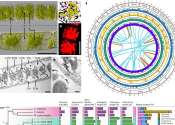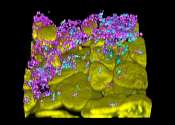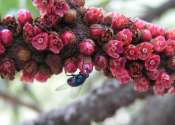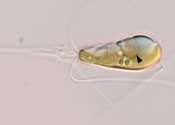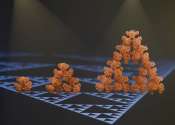AlphaFold 3 upgrade enables the prediction of other types of biomolecular systems
A combined team of medical researchers and AI systems specialists from Google's Deep Mind project and Isomorphic Labs, both in London, has made what the group describes as substantial improvements to AlphaFold 2 that make ...

